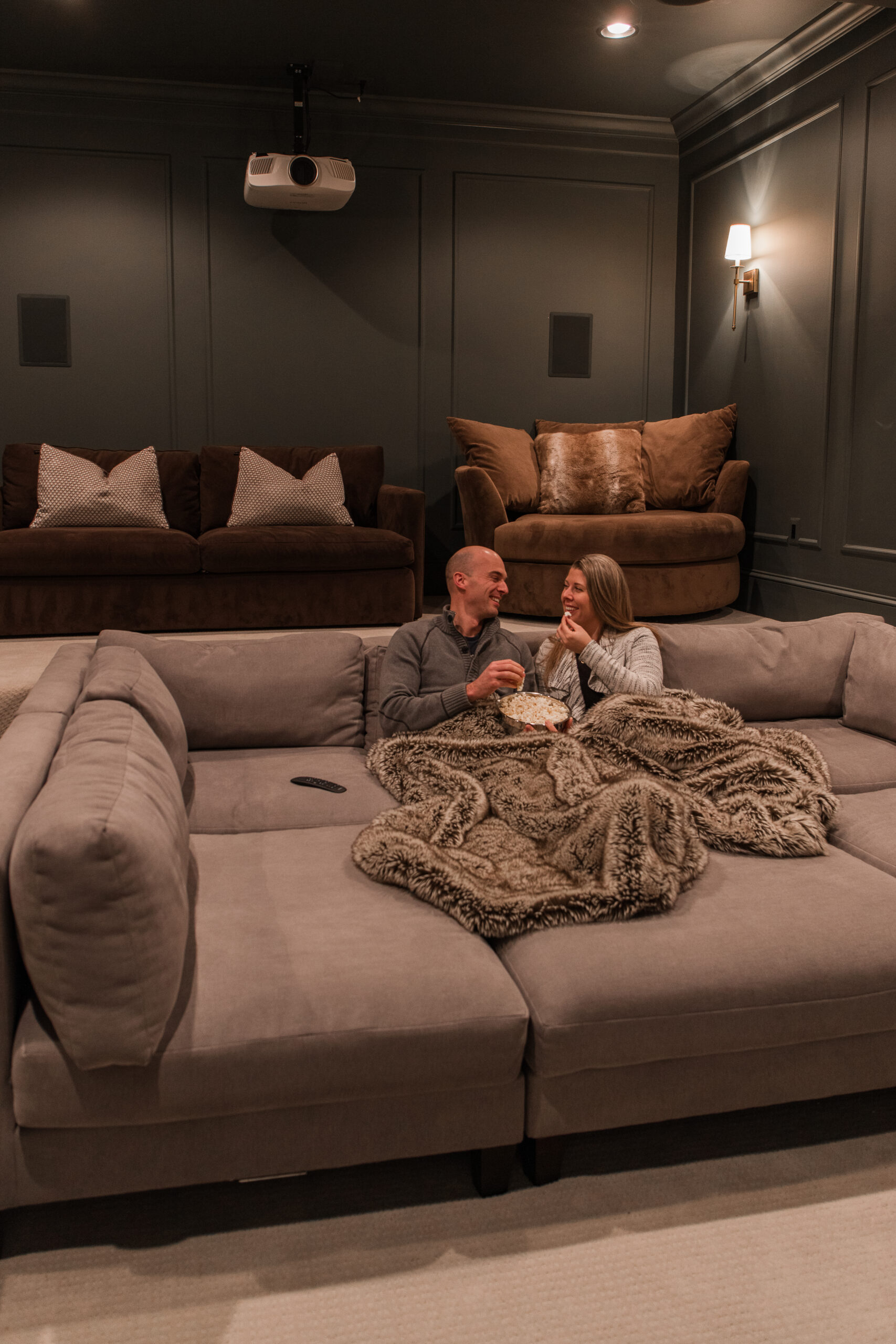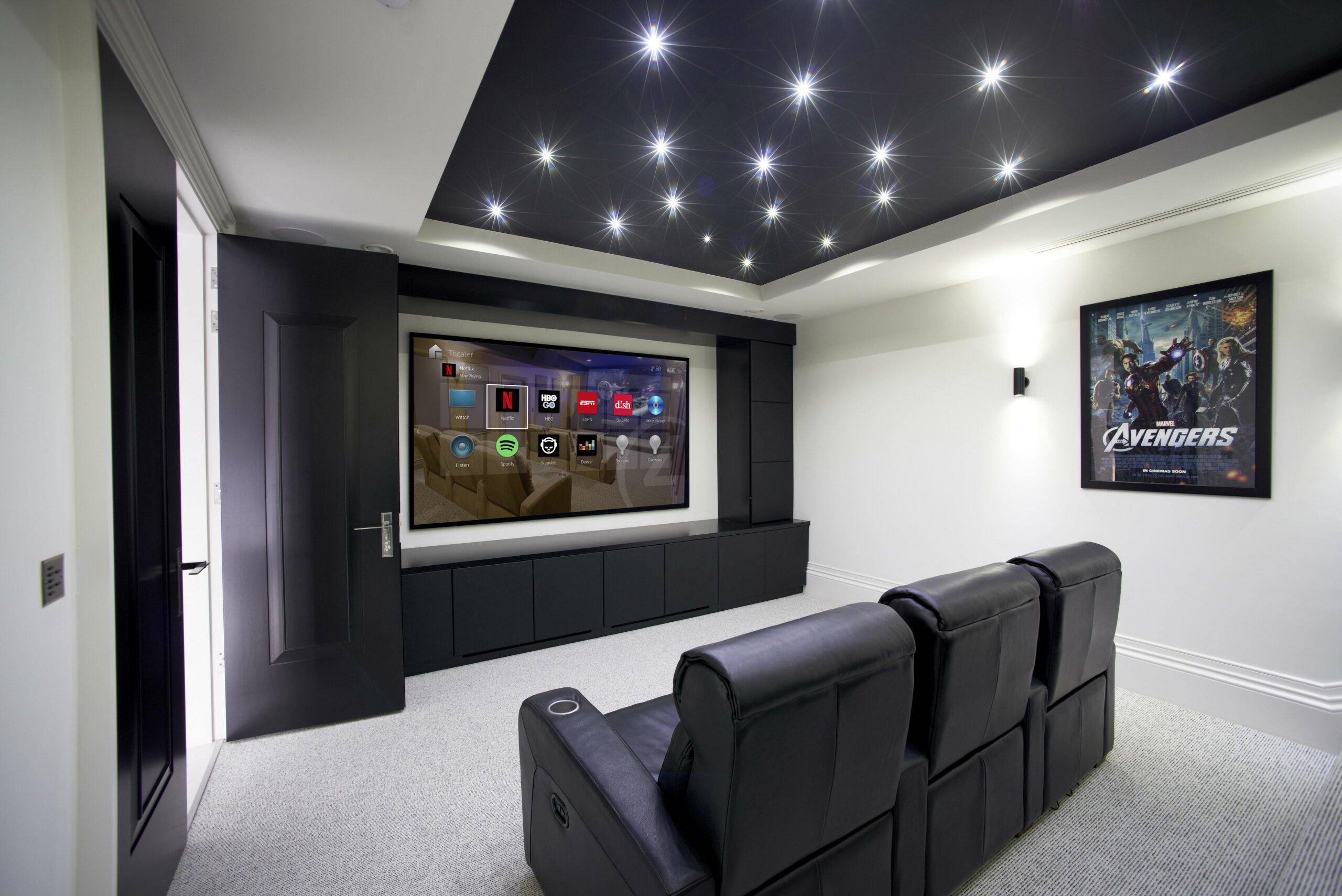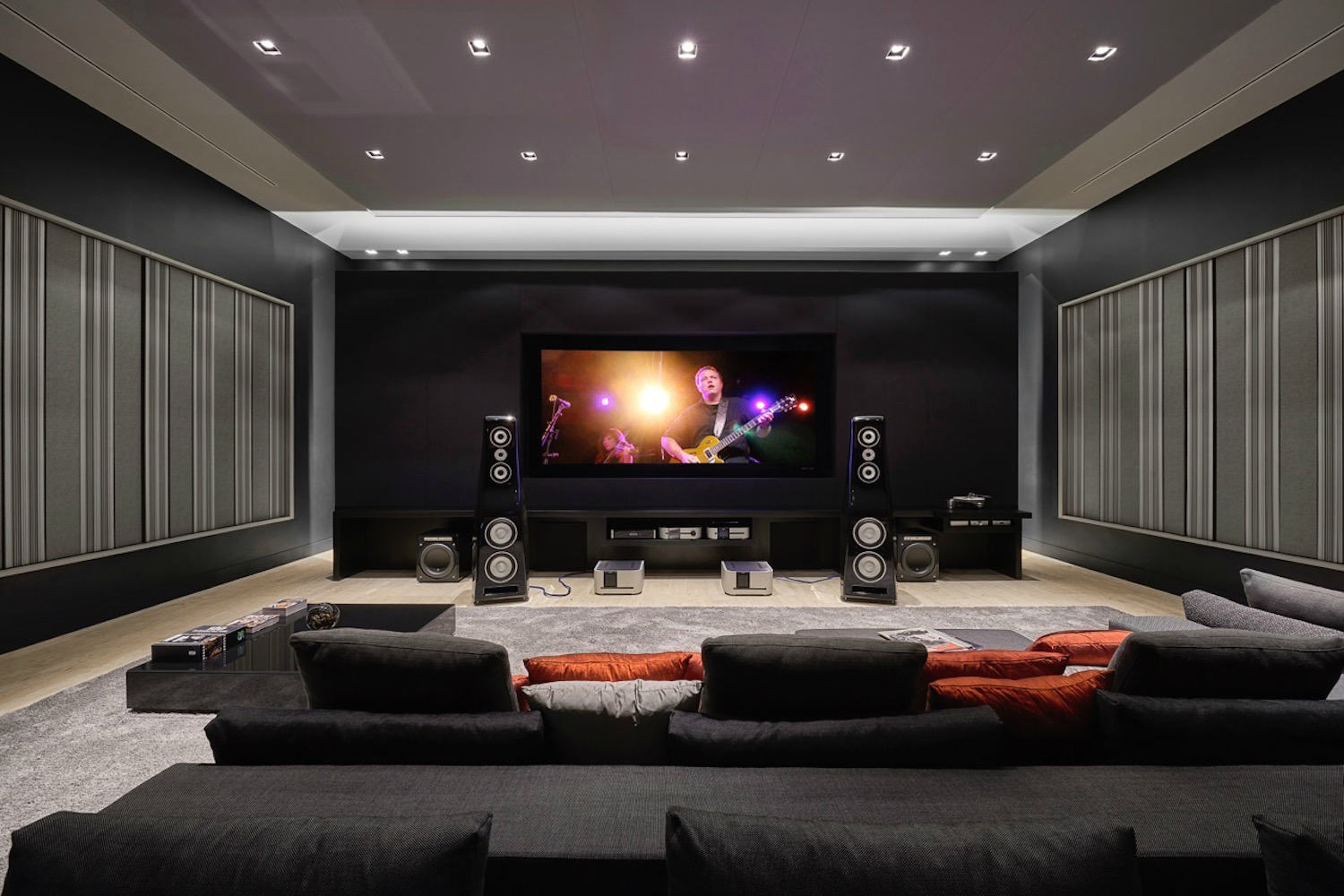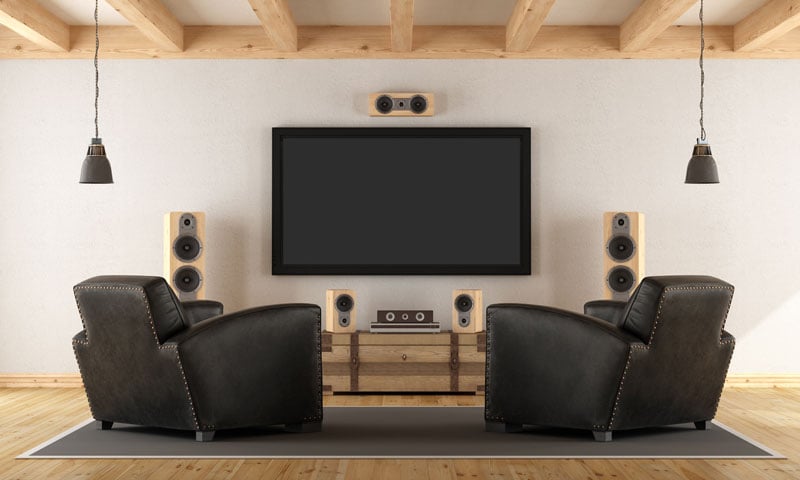Innovative Home Theater Tampa Ideas for the Contemporary Home
Home Theater 101: Whatever You Need to Know for a Motion Picture Experience in your home
Producing a home movie theater that measures up to the cinematic experience of a business theatre involves mindful factor to consider of numerous elements, including screen selection, sound systems, and space layout. Whether you are pondering the optimal screen dimension or the complexities of border noise, recognizing these fundamentals is necessary.
Choosing the Right Screen
When establishing up a home theater, picking the ideal display can make or break the seeing experience - tampa home theater. The display offers as the centerpiece of your setup, affecting photo top quality, checking out angles, and overall aesthetic. Trick elements to think about consist of screen resolution, dimension, and type
First, figure out the appropriate screen dimension based upon your area dimensions and seating range. A general guideline is to sit about 1.5 to 2.5 times the diagonal display size for optimal viewing. Next, choose between numerous screen kinds, such as fixed-frame, motorized, or retracting displays, each offering unique advantages. Fixed-frame displays generally supply the very best photo high quality, while mechanized options enable for flexibility in area use.
Resolution is an additional crucial variable. For a truly immersive experience, take into consideration a display designed for 4K or perhaps 8K content, making certain intensity and quality. In addition, consider the display's gain, which influences illumination and comparison; a greater gain can improve brightness in well-lit rooms, while a reduced gain may be more ideal for darker environments.
Selecting Sound Equipment
Audio devices is a crucial component of any kind of home theater system, dramatically improving the general watching experience. The choice of audio equipment can determine the depth, quality, and immersion of noise, critical for creating a motion picture environment.
When picking audio equipment, consider a border stereo, which usually consists of a receiver, several audio speakers, and a speaker. A 5.1 or 7.1 channel system is advised, where the initial number stands for the speakers and the second the speaker, supplying an immersive soundscape. The receiver is the heart of the system, managing sound and video signals, and ought to support contemporary formats like Dolby Atmos for an enhanced spatial experience.
Quality audio speakers are important; look for versions that offer a balanced noise account with great bass reaction. Floor-standing speakers can generate richer noise, while bookshelf alternatives save area. Additionally, consider wireless choices for ease of installment, although wired systems often deliver premium efficiency.

Ideal Seating Arrangements
Producing a perfect home movie theater experience hinges significantly on ideal seating setups. The plan of seats plays a critical role in both convenience and seeing top quality, directly impacting the total cinematic experience.
First, think about the display size and watching distance. A common standard is to position seats at a distance roughly 1.5 to 2.5 times the angled size of the display. This makes sure an immersive experience without stressing the eyes.
Next, altitude is vital. If your seats remains in a tiered layout, the back rows should be greater than the front to stay clear of obstructions. For flat seats, make sure that the front row is not as well close to the screen, and that everybody has a clear line of sight.
Additionally, take into consideration the plan in terms of social dynamics. Team seating can enhance the common experience, while private seats may be favored for individual viewing.

Last but not least, prioritize comfort with ergonomic seats that supports extensive watching durations. Including reclining chairs or cushioned seats can significantly enhance the experience, making the home movie theater a preferred location for both amusement and relaxation.
Lighting and Atmosphere
Effective lighting and atmosphere are necessary components of a well-designed home cinema, as they considerably affect the watching experience. The best lights can boost the cinematic feel, while bad options can diminish it. For ideal outcomes, think about a layered lights technique that includes ambient, task, and accent illumination.
Ambient illumination offers basic lighting, ensuring that the room is not completely dark, which can stress the eyes. Dimmer switches are very recommended, enabling modifications based on the web content being viewed. Job lighting, such as wall sconces or floor lamps, uses useful illumination for activities like analysis or navigating the room without interrupting the general atmosphere.
Accent illumination can be used to highlight architectural functions or create centerpieces, including depth and interest to the space. LED strip lights behind screens or along shelves can offer a refined radiance that improves the aesthetic experience without overwhelming the viewer.

Wiring and Installation Tips
A well-planned circuitry arrangement is important for accomplishing ideal efficiency in your house cinema system. Proper wiring not just ensures top notch sound and video clip signals however additionally enhances the total visual of your area. Begin by visit their website drawing up your layout, identifying where each component will be put, including your screen, speakers, and receiver.
When picking wires, prioritize top notch, appropriately evaluated circuitry to reduce signal loss. HDMI cords need to be utilized for video links, while speaker wire must match the requirements of your audio speakers and amplifier. Choose in-wall ranked cords to abide by safety and security standards and preserve a clean look.

Verdict
In summary, creating an exceptional home theater experience requires mindful consideration of different elements, consisting of display option, audio tools, seating setups, lighting, and circuitry. Each part plays a crucial duty in attaining optimum performance and atmosphere, ultimately improving the enjoyment of home amusement. By prioritizing these variables, a cinematic environment can be successfully reproduced, enabling immersive checking out experiences that why not try here measure up to standard movie theater setups. Attention to information in each area is essential for general fulfillment.
Producing a home theater that measures up to the motion picture experience of a business theater involves mindful factor to consider more info here of multiple parts, consisting of display choice, sound systems, and space format.When establishing up a home movie theater, picking the best screen can make or break the checking out experience. Next off, select between different screen kinds, such as fixed-frame, mechanized, or retracting displays, each offering distinctive advantages. For an absolutely immersive experience, take into consideration a display made for 4K or even 8K web content, ensuring sharpness and clearness.In recap, developing a remarkable home cinema experience needs mindful factor to consider of different elements, including display selection, audio equipment, seating arrangements, lighting, and electrical wiring.